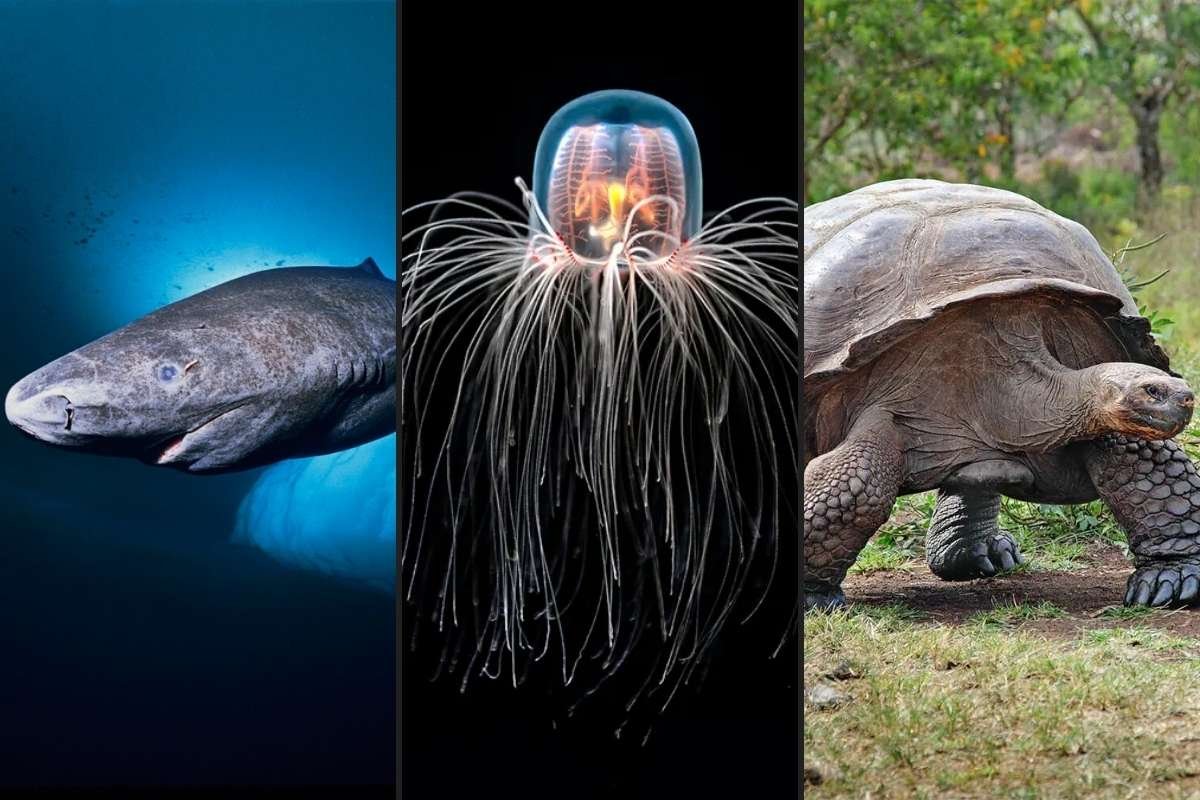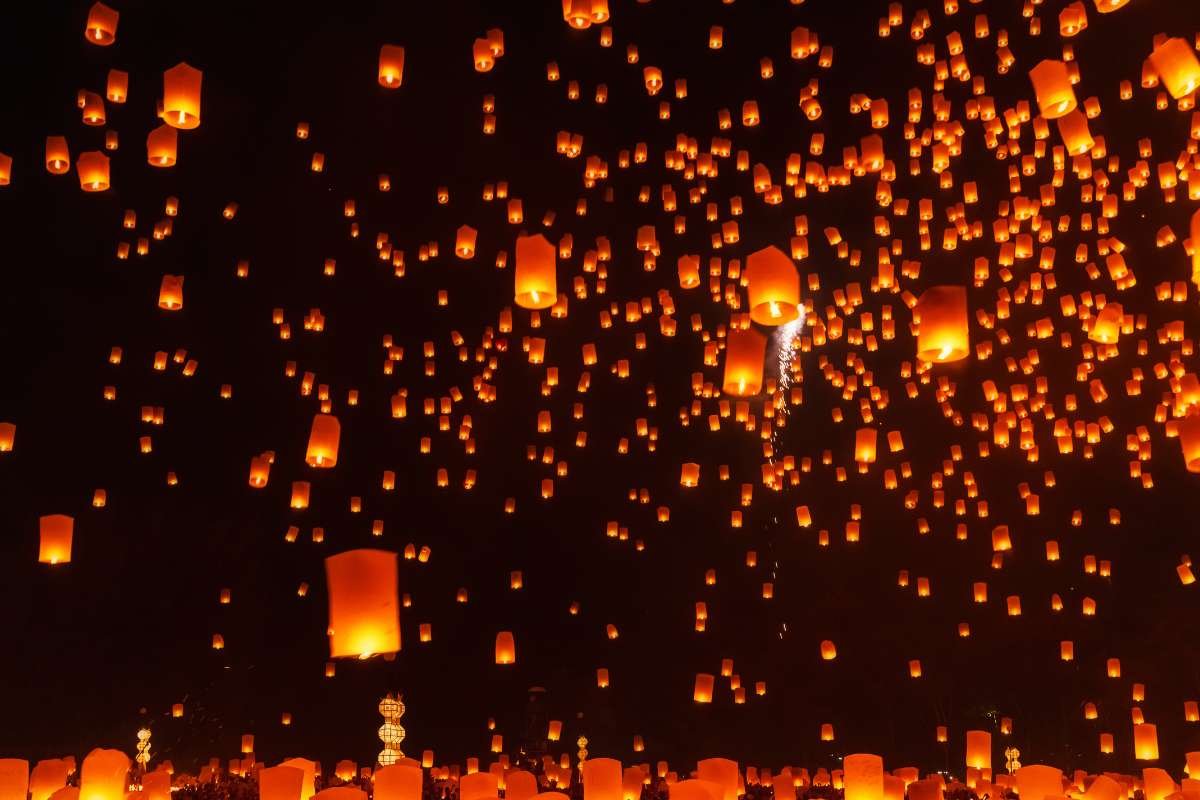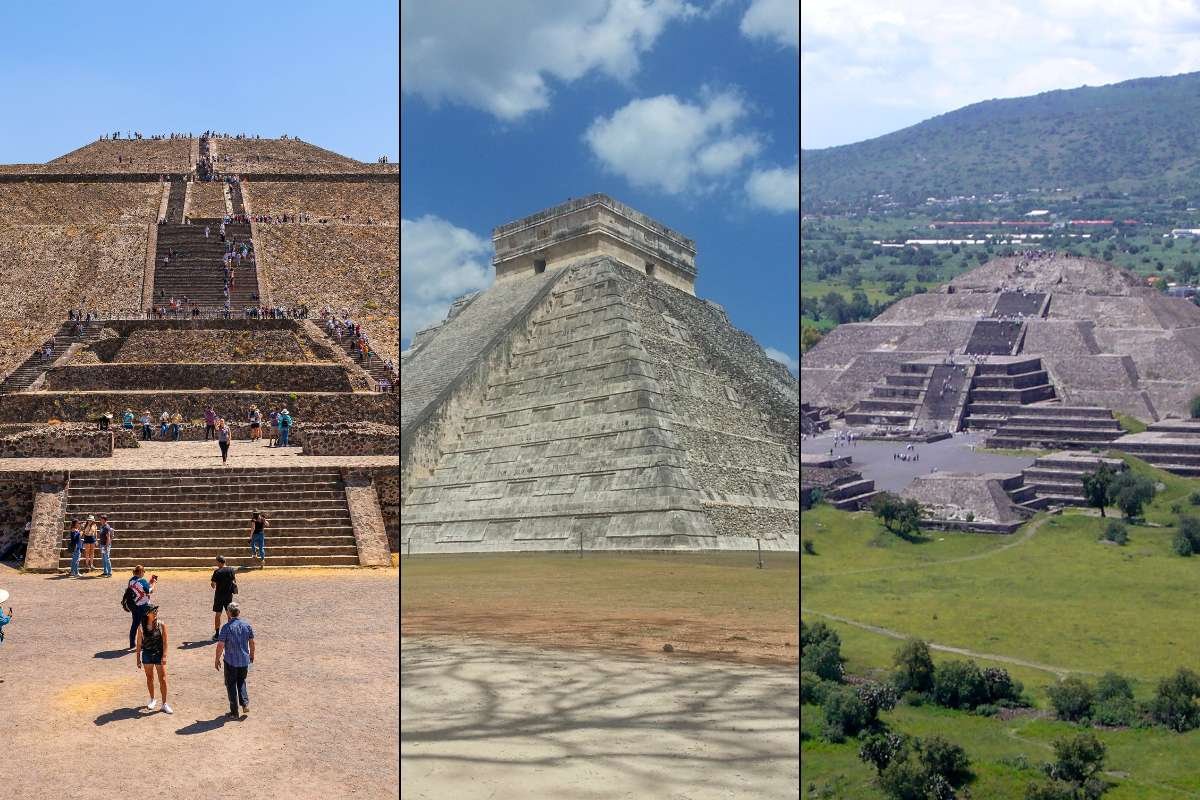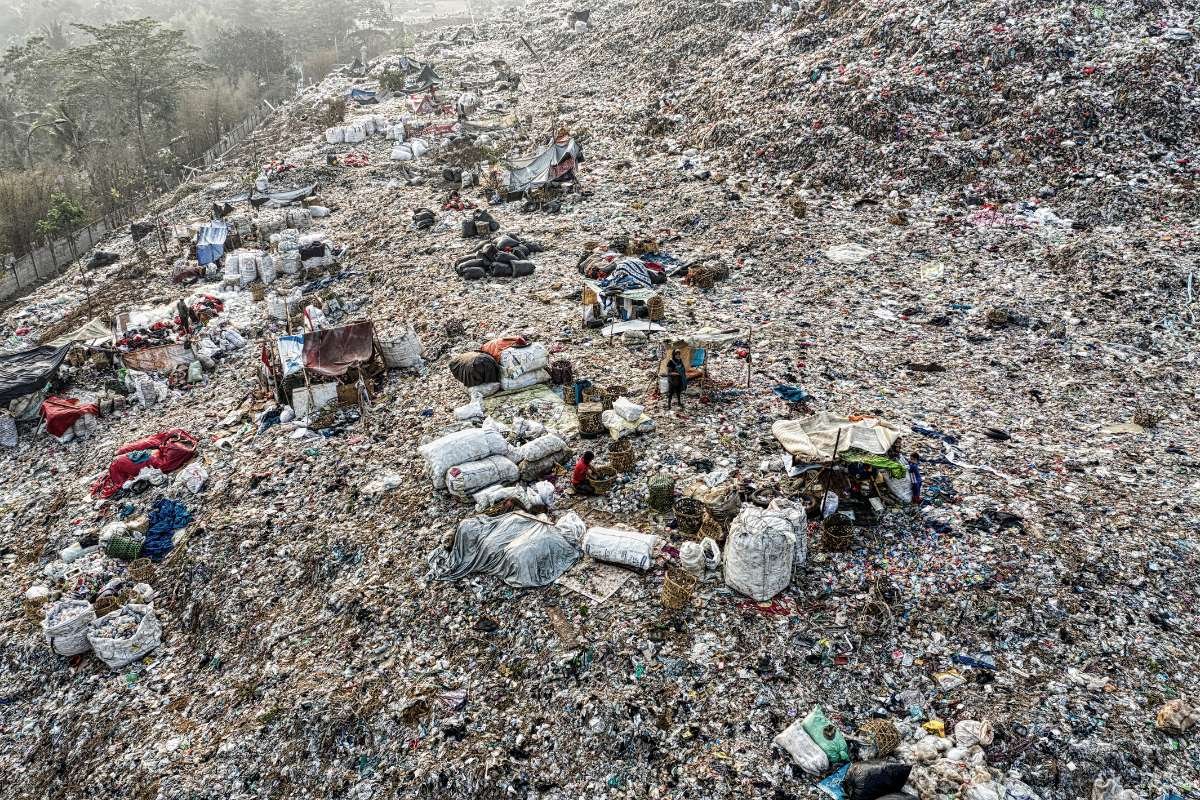Source-travelzone.bestwestern
Beach days are indeed fun. You can build creative sandcastles or slurp a good cocktail alongside the shore. You could also feel the breeze and the sound of waves.
But what about beach nights?
The dark beach brings you a spectacular view of Mother Nature’s magic. The Bioluminescent waves are returning to the beach. The glowing waves are nothing but nature’s invaluable bounty. A lot of these beaches also offer boat tours or swims to bring out the most of the Bioluminescent waves.
How do these waves glow? Is it science or is it magic? Is it harmful to your skin? Where can you see it? If you are curious about these waves, scroll through the blog to find the answer.
How do Bioluminescent Waves occur?

The Bioluminescent waves are a natural phenomenon recorded back in the 1900s. This beautiful occurrence leaves a blue hue on the edge of the waves and attracts thousands of tourists. What causes these waves?
What looks like nature’s magic is not witchcraft or wizardry but a manifestation of science. Nature bestows immense powers to even its tiniest creatures. That is what happens here as well.
The waves are caused by tiny creatures that consist of only one percent of the world’s biomass- Phytoplankton.
It is a petite algae that drifts on the ocean surface, sea, and many other water habitats. They act as a food source for underwater organisms. Their population is visibly high in protein-concentrated areas. It causes a visible green or red-brown tint on the surface, often regarded as an algal bloom.
What appears as a red tide during the day creates breathtaking, splendid scenery at night. The tiny phytoplankton blooms emit a blue or bluish-green light when disturbed. This disturbance most often occurs on the coastal waves and creates bioluminescent waves. Many tiny plants in the water, such as the Noctiluca Scintillans algae, produce bioluminescence due to internal chemical reactions when external factors like waves, water flow, boats, and even swimming fish disturb them. The glowing effect called “milky sea” isn’t just found near the coast. It can occur far away from the coast, too.
Has this occurred in the past?

We can find various records of the glowing waves in chapters of the past. Anaximenes, a pre-Socratic philosopher, once decided to hit the sea with an oar. He ended up watching the light exhibited by the sea. The famous Greek philosopher Aristotle, too, mentions noticing a bright light in similar circumstances. These incidents are as old as 500 B.C. and 350 B.C. respectively. Titus Livius describes seeing the sea shores luminous with frequent fires in 216 B.C. In 1605, Francis Bacon, an English philosopher, recorded the spectacle of the sparkling and luminous effect of seawater when disturbed. Rene Descartes, a French philosopher and scientist, in 1637, concluded that striking the seawater generates sparks similar to those from flint.
When can you see the Bioluminescent waves?
First things first, you cannot see the Bioluminescent waves without the dark. The phytoplankton stops glowing at any hint of light. That is why you will need to wait for at least 3-4 hours after sunset to watch nature show its magic. Though the natural phenomenon can occur throughout the year, there is a slight tendency for the waves to arrive more frequently in spring through early fall. So, if these waves are on your bucket list, you can plan a trip to an appropriate beach from March to September, especially after June.
The red tide is another indicator of the arrival of the glowing waves. Witnessing the red tide during the day increases the chances of watching a glowing shore in the dark. You can experience the occurrence even if you can’t stay at the beach till the sunset. Just fill a jar with some red water during the red tide and place it in your fridge for about an hour. Ensure it is in a dark environment. Shake the jar and see it light up with bioluminescence.
Top beaches to experience the light

1. Mosquito Bay, Puerto Rico
The mosquito bay is a popular tourist spot and it holds the Guinness World record for having the brightest bioluminescent bay in the world. The beach is located on the southern coast of Vieques.
It has a narrow entry that opens up to the dolphin-shaped bay of mangroves. These mangroves protect the brightest bioluminescence in the world, producing a captivating and pristine setting. Mosquito Bay is filled with diamond-bright dinoflagellates that glow during the night. This creates serene Bioluminescent Waves on this beach.
Various measures have been taken to protect this bioluminescence. Although you can book a boat tour, no swimming is allowed on this beach. You can also experience bioluminescence through a glass-bottom kayak tour.
2. Coles Bay, Tasmania
Coles Bay at Freycinet National Park is a three-hour drive from Hobart.
The warming seas brought Bioluminescent Waves to Tasmania in the early 1990s. You can plan a trip to experience water sailing, kayaking, and eco cruising through the day and watch one of the best sea sparkles at night. Coles Bay also happens to be the first town in the world to ban plastic shopping bags to preserve the glowing waves.
3. Ha Long Bay, Vietnam
If you dream of swimming among the lights and experiencing stars in the ocean, add this beach to your list and wander along the Bioluminescent Waves.
Ha Long Bay is located in northeast Vietnam. It is renowned for its limestone pinnacles that stick out from the emerald Gulf of Tonkin. The site offers various overnight boat tours, including activities such as squid fishing and illuminating the water with lights. Typically, you’ll have to wait until midnight for the lights to be turned off, allowing you to swim and experience the sparkle of bioluminescent algae as you move your arms through the water.
Conclusion
The Bioluminescent waves are indeed magical. However, different beaches have different rules, especially when the beach is flooded with phytoplankton. This is because the touch of some of these algae may cause skin reactions. Many places also prohibit swimming in the water to protect the algae.
To avoid this, you can ask the locals or the shopkeepers nearby and look out for any signs or boards, too. None of these rules will disturb your experience. Instead, it will enhance them.
If you dream of flying with the stars and playing with the light, what is stopping you?


















